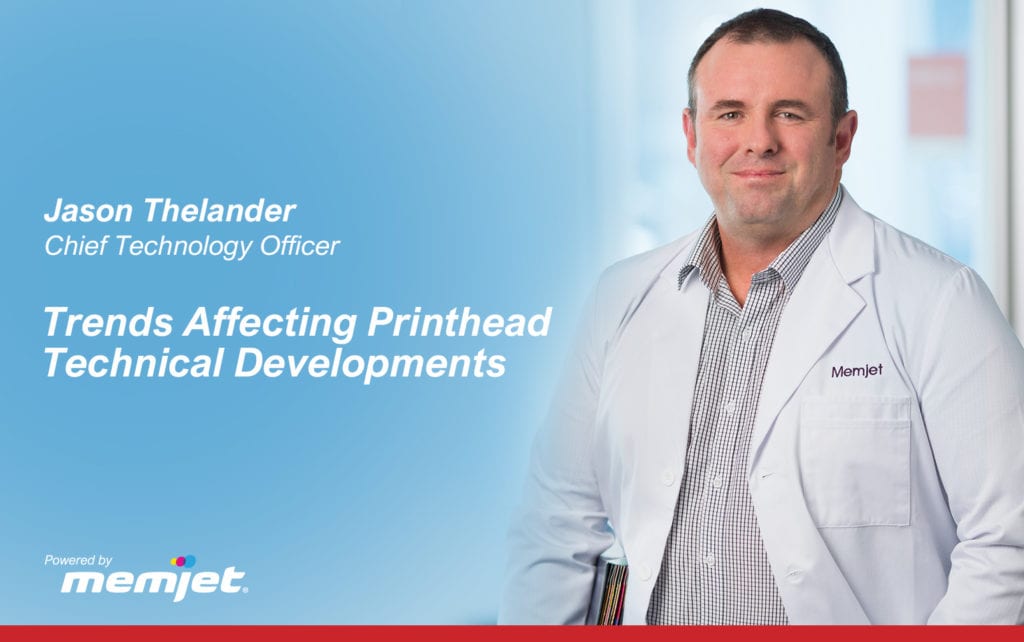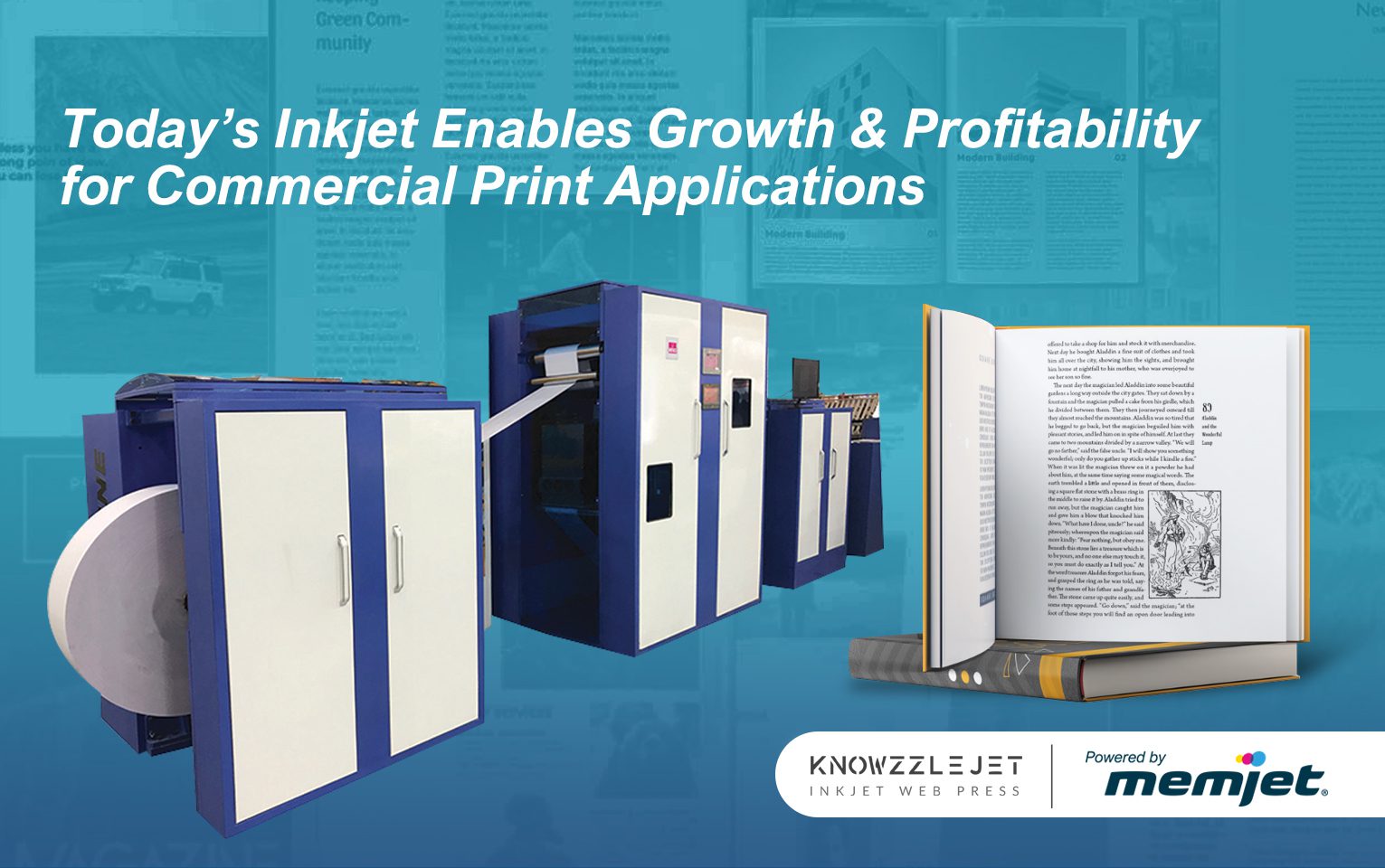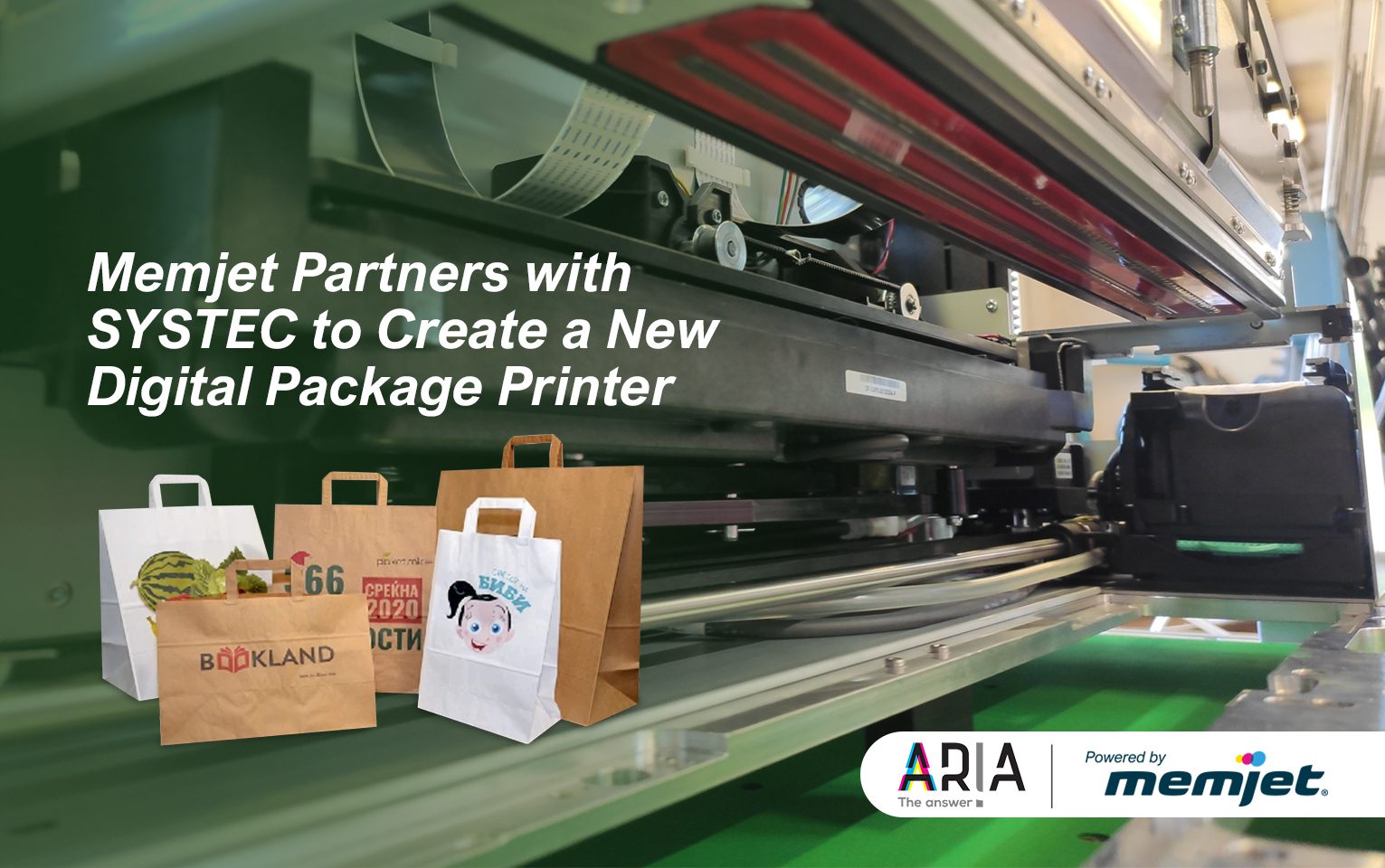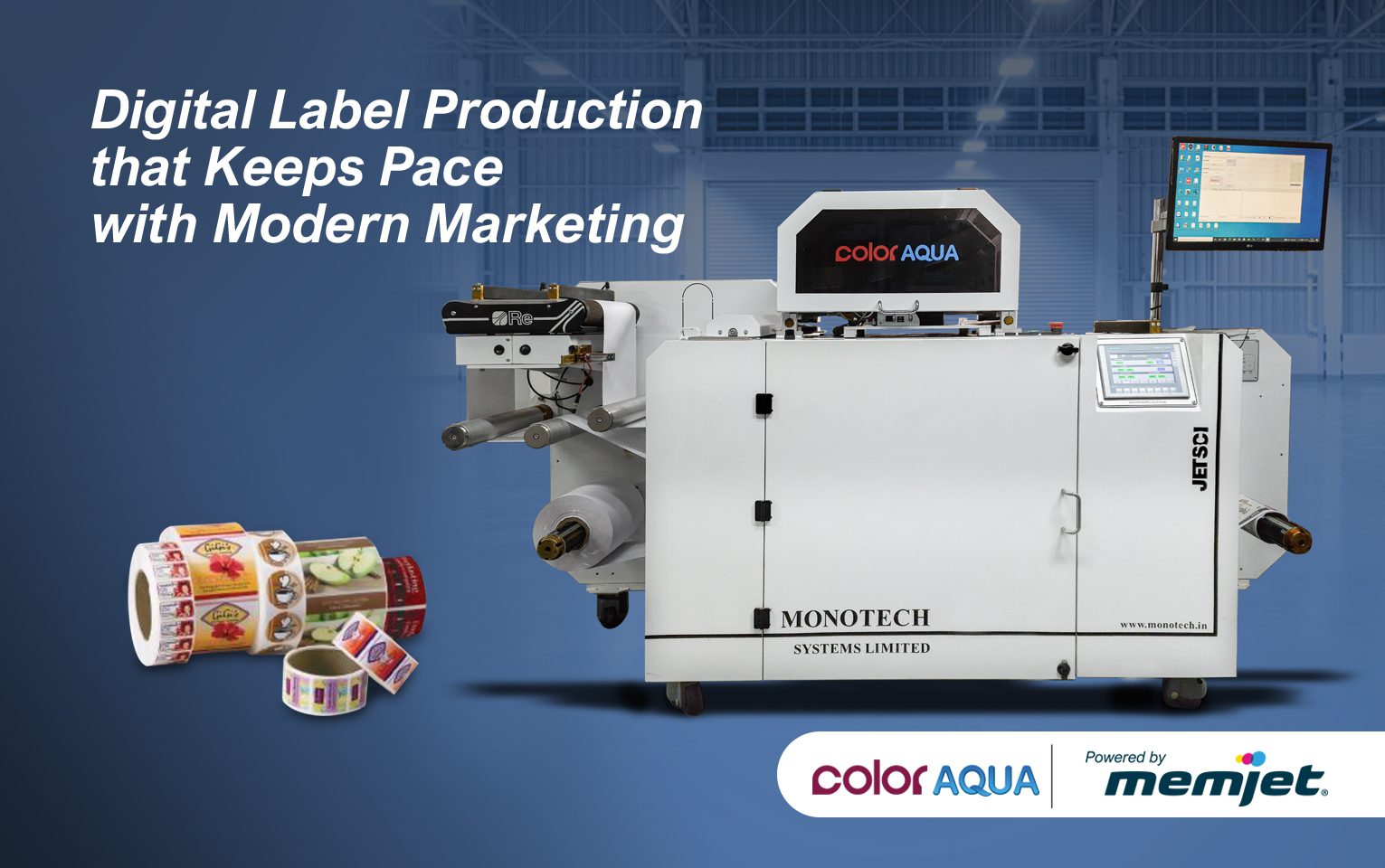By: Jason Thelander, Chief Technology Officer at Memjet

When it comes to printhead development it is all about speed, resolution and reliability. These product requirements put incredible pressure on innovation in so many design areas.
Some key factors driving recent developments in industrial production printing have been around support for print-on-demand, customization and aqueous-based inks. While all of these factors don’t directly influence printhead design, it certainly places a key requirement on the print engine where the printhead is a primary component.
For example, Print-on-demand implementations also puts complexity into the data path, very small data buffers must be used to quickly adapt to changing print requirements like skipping pages/packages or reprinting if the system requires it. These hard time requirements of “print on demand” affect every component in the print system from the RIP right through the digital communications used to prepare and fire the printhead.
Aqueous-based pigment inks do require higher levels of management in terms of the print zone with regard to dehydration effects, thermal performance and maintenance profiles. These are all considerations when it comes to printhead system design, not to mention the complex process of formulating ink to optimally operate in a particular printhead.
Reliability is Key
Reliability is a key requirement for a print solution. Automated packaging and job processing systems that run at high-speed with high print quality specifications mean printing each job element is critical. You cannot afford to find out that your roll of printed media has job elements missing when you get to the next step. So, you either have expensive and complex integrated vision systems to “watch” the job run real time or put the requirement of reliability on the printhead technology.
Single-pass printing makes this requirement a little more challenging and most product offerings in this page-wide printhead market do not have competitive nozzle or image redundancy options. To compensate, you could add more print engines to “overprint,” but this is an expensive system option and also increases your cost per job.
Memjet printhead design uniquely address this issue with our 5-times nozzle redundancy per vertical line of print. What this means to our customer in terms of reliability is that we can have 40% of our nozzles contributing to each image line blocked with minimal change in print quality or optical density. This allows our customers to print every job element with confidence until the next maintenance cycle is applied to the printhead returning it to 100% functionality for the next image line. The fact that our industry leading resolution is so fine means that single missing droplets have significantly less impact. Other systems with lower resolution and therefore large droplets will mean a large white space when the printhead nozzle does not fire, and there are always nozzle outs.
Important Challenges for the Future of Industrial Printing
The most important design considerations for our printheads are related to flexibility in how they are used and by whom. The challenge is to design printheads that are simple enough for non-printer designers to use, like packaging machinery companies, while also being flexible enough to allow design differentiation for the big printer brands.
Allowing our customers access to print engines that can do all of their printing on demand or as late as possible in their manufacturing is key to enable the personalisation to which everyone is becoming accustomed and now expecting. Taking a technology that can produce photo-quality images at an industry leading native silicon resolution and scale it to provide industrial applications at more than 200 m/min is non-trivial, but this is a challenge that Memjet is taking head on and succeeding with.
Learn more about Memjet’s technical capabilities from these e-books.
Connect with us on LinkedIn.



